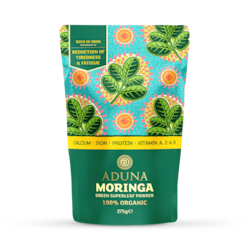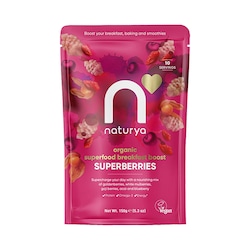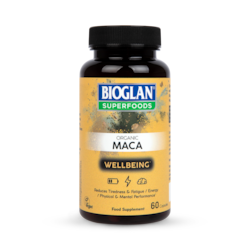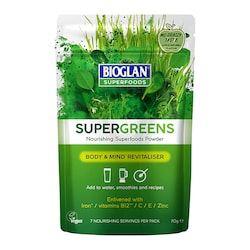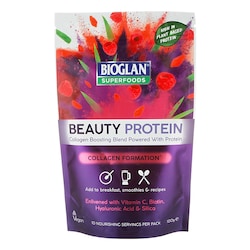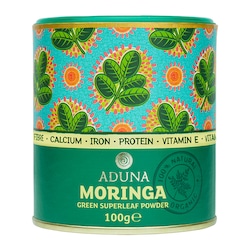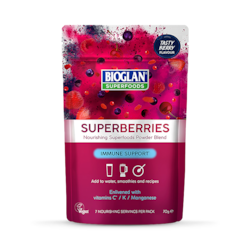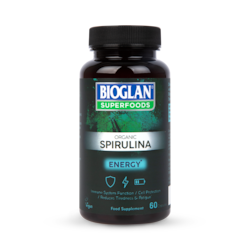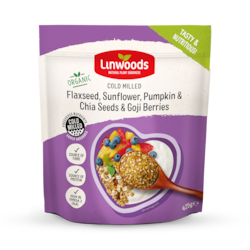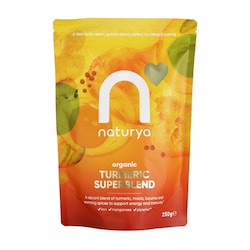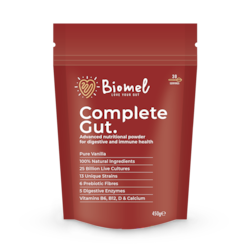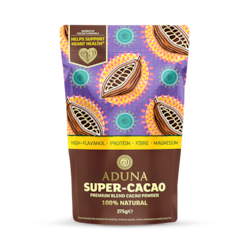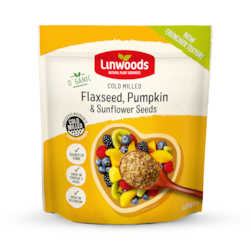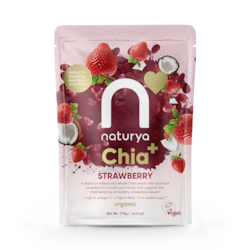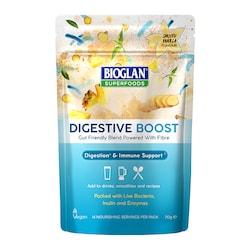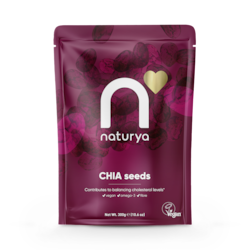20% off £30
Avocado guide: Benefits, calories, nutrition & uses

Summary
110 types of avocado
You might be surprised that there are varieties of avocado, but there are! There are many types of avocado, changing in size, colour, texture, and...
2Is avocado suitable for everyone?
Avocados are suitable for most people, but those recommended to avoid eating them, include: Pregnant or breastfeeding women, People trying to lose...
3Ways to eat avocado
Here are just some of our favourite ways to prepare avocado: Healthy baked avocado food with ground beef, green onions, garlic and cheddar cheese...

What is an avocado?
10 types of avocado
- Hass: The everyday avocado you might have in your kitchen right now!
- Choquette: Originates in South Florida, shiny skin, watery flesh.
- Lula: Grows in summer, fewer natural oils, approx. 1 pound.
- Pinkerton: Rough, easy-peel skin, small seed, approx. 0.5-1.5 pounds.
- Reed: Light, subtle flavour, consistent green shade, the size of a softball.
- Fuerte: “Strong” in Spanish, unique pear shape, oily texture.
- Zutano: Yellow-green skin, mild taste, approx. 0.5-1 pound.
- Sharwil: Green skill, yellow flesh, strong flavour, grown in Australia.
- Brogden: Dark purple, resistant to cold, hard to peel, not very popular.
- Monroe: Can weigh over 2 pounds, firm, less watery.
Other uses of avocado
Avocado face masks
Avocado cooking oil
Avocado shampoo and conditioner
Is avocado suitable for everyone?
- Pregnant or breastfeeding women: Eating avocado has been linked to reduced production of milk and has even been associated with damage to the mammary gland. Babies’ stomachs are also very sensitive, and should not ingest avocado.
- People trying to lose weight: Although avocados are packed with vitamins and can add vitamins and healthy fats to your diet, they are also extremely high in calories, so eating too much avocado could have the opposite effect.
- People taking anti-inflammatory or blood-related medication: Eating avocado may counteract the effects of anti-inflammatory medication and has also been known to naturally thin a person’s blood.
Summary
- Avocados aren’t just for eating; they can also be used for face masks, cooking oil, and shampoo and conditioner.
- Avocados are suitable for most people to eat, but should be avoided by people who are pregnant or breastfeeding as they can affect milk production.
- They are also high in fat and should be a controlled portion of your diet if you’re trying to lose weight.
- People taking anti-inflammatory or blood-related medication are advised to avoid avocados as they may counteract the effects of the medication.
Ways to eat avocado

1. Season them
2. Stuff them

3. In a salad
4. In sushi rolls

5. On toast
6. Grilled

7. As guacamole
8. In a smoothie
9. As a topping
Summary
Other avocado FAQs...
You can! As avocados are high in fat and low in carbs, you can enjoy them while sticking to the rules of keto.
Yes. No animal byproduct is needed for the growth of avocados.
Avocados are best stored in a cool, dark place while they ripen.
Once opened, if you do not finish the full avocado, it is best left in its skin, with the seed placed back into the middle, wrapped in cling film, and placed in the fridge.
You can eat avocado skins, and in fact, they are often full of fibre and potassium.
However, depending on the type of avocado, the skin can be very tough and difficult to eat.
Although you can eat an unripe avocado, we can’t recommend it, as they’re likely to be difficult to chew and won’t yet have the creamy, subtle texture and flavours of the avocado you know and love.
Like almost any food, avocados should be enjoyed as part of a balanced diet.
They are naturally high in calories – especially for a fruit – so they should not be eaten in excess.
Yes! In fact, avocado is most often eaten raw as it’s delicious as soon as it’s ripe.
As part of a balanced diet, avocado could be eaten every day, but it is worth keeping in mind that they are relatively high in fat and calories compared to many other fruits and vegetables.
You can eat avocado seeds, although they require preparation, such as several hours in the oven. Avocado seeds are more often used to produce oils.


